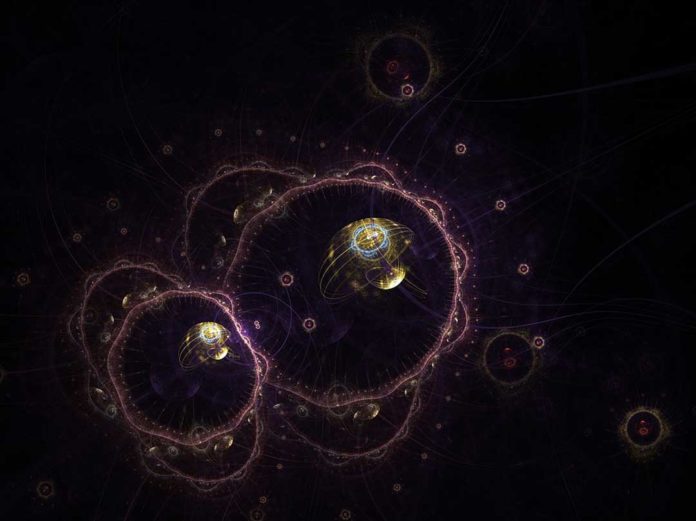Quantum communication promises ultra-secure, next-generation communications. But, is it really possible on a global scale?
A new experiment conducted between satellites in orbit and a station on the ground, suggests that it is really possible. It could also offer a promising way to guarantee unconditional security for satellite-to-ground and inter-satellite optical links, by using quantum information protocols as quantum key distribution (QKD).
Specialists in Italy have exhibited the feasibility of quantum communications between high-orbiting global navigation satellites and a ground station, with an exchange at the single photon level over a distance of 20,000km.
The milestone experiment demonstrates the feasibility of secure quantum communications on a global scale, utilizing the Global Navigation Satellite System (GNSS).
Co-lead author Dr. Giuseppe Vallone is from the University of Padova, Italy. He said: “Satellite-based technologies enable a wide range of civil, scientific and military applications like communications, navigation, and timing, remote sensing, meteorology, reconnaissance, search and rescue, space exploration and astronomy.”
“The core of these systems is to safely transmit information and data from orbiting satellites to ground stations on Earth. Protection of these channels from a malicious adversary is therefore crucial for both military and civilian operations.”
“Space quantum communications (QC) represent a promising way to guarantee unconditional security for satellite-to-ground and inter-satellite optical links, by using quantum information protocols as quantum key distribution (QKD).”
The study shows the first exchange of a few photons per pulse between two different satellites in the Russian GLONASS constellation and the Space Geodesy Centre of the Italian Space Agency.
Co-lead author Professor Paolo Villoresi said: “Our experiment used the passive retro-reflectors mounted on the satellites. By estimating the actual losses of the channel, we can evaluate the characteristics of both a dedicated quantum payload and a receiving ground station.
“Our results prove the feasibility of QC from GNSS in terms of achievable signal-to-noise ratio and detection rate. Our work extends the limit of long-distance free-space single-photon exchange. The longest channel length previously demonstrated was around 7,000 km, in an experiment using a Medium-Earth-Orbit (MEO) satellite that we reported in 2016.”
Professor Villoresi explained, “Although high-orbit satellites pose a large technological challenge, due to losses from optical channels.”
“The high orbital speed of low earth orbit (LEO) satellites are very effective for the global coverage but limits their visibility periods from a single ground station. On the contrary, using satellites at higher orbits can extend the communication time, reaching few hours in the case of GNSS.”
“QC could also offer interesting solutions for GNSS security for both satellite-to-ground and inter-satellite links, which could provide a novel and unconditionally secure protocols for the authentication, integrity, and confidentiality of exchanged signals.”
Dr. Giuseppe Bianco, which is the Director of the Space Geodesy Centre of the Italian Space Agency and co-author, said “The single photon exchange with a GNSS satellite is an important result for both scientific and application perspectives. It fits perfectly in the Italian roadmap for Space Quantum Communications, and it is the latest achievement of our collaboration with the University of Padua which is steadily progressing since 2003.”
The study is published in the journal Quantum Science and Technology.
